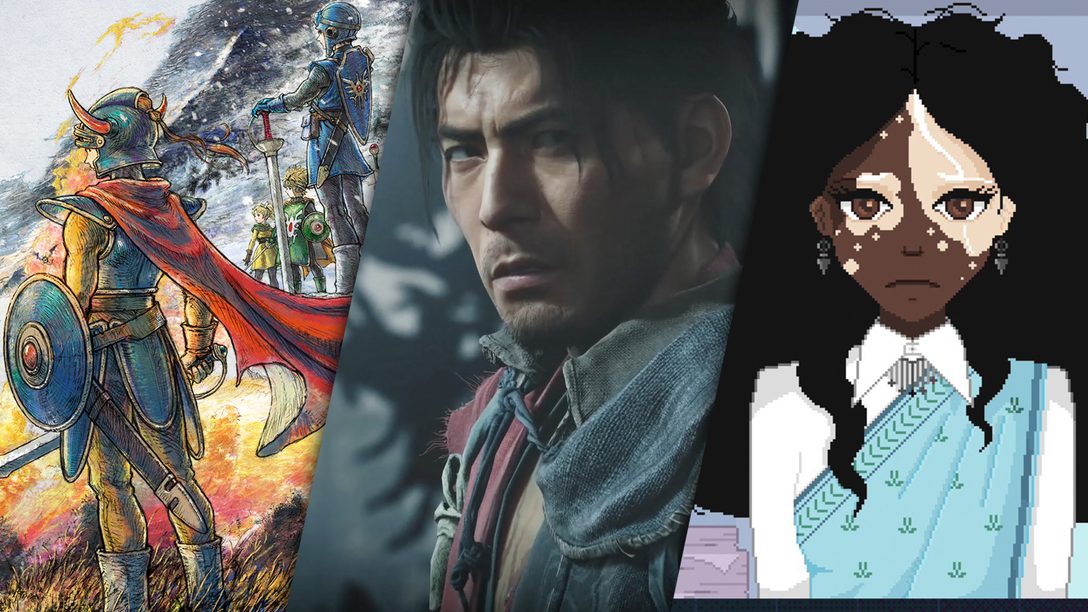
Featuring new previews of Onimusha: Way of the Sword, Dragon Quest I & II HD-2D Remake, Fishbowl and more.
The PlayStation booth at Tokyo Game Show 2025 is packed with memorable photo ops and hands-on gameplay with some of the most anticipated PS5 titles. In this PS Blog post, we take you inside the booth and share our gameplay impressions of Dragon Quest I & II, Onimusha Way of the Sword, The Seven Deadly Sins: Origin, Fishbowl, and Meteora.
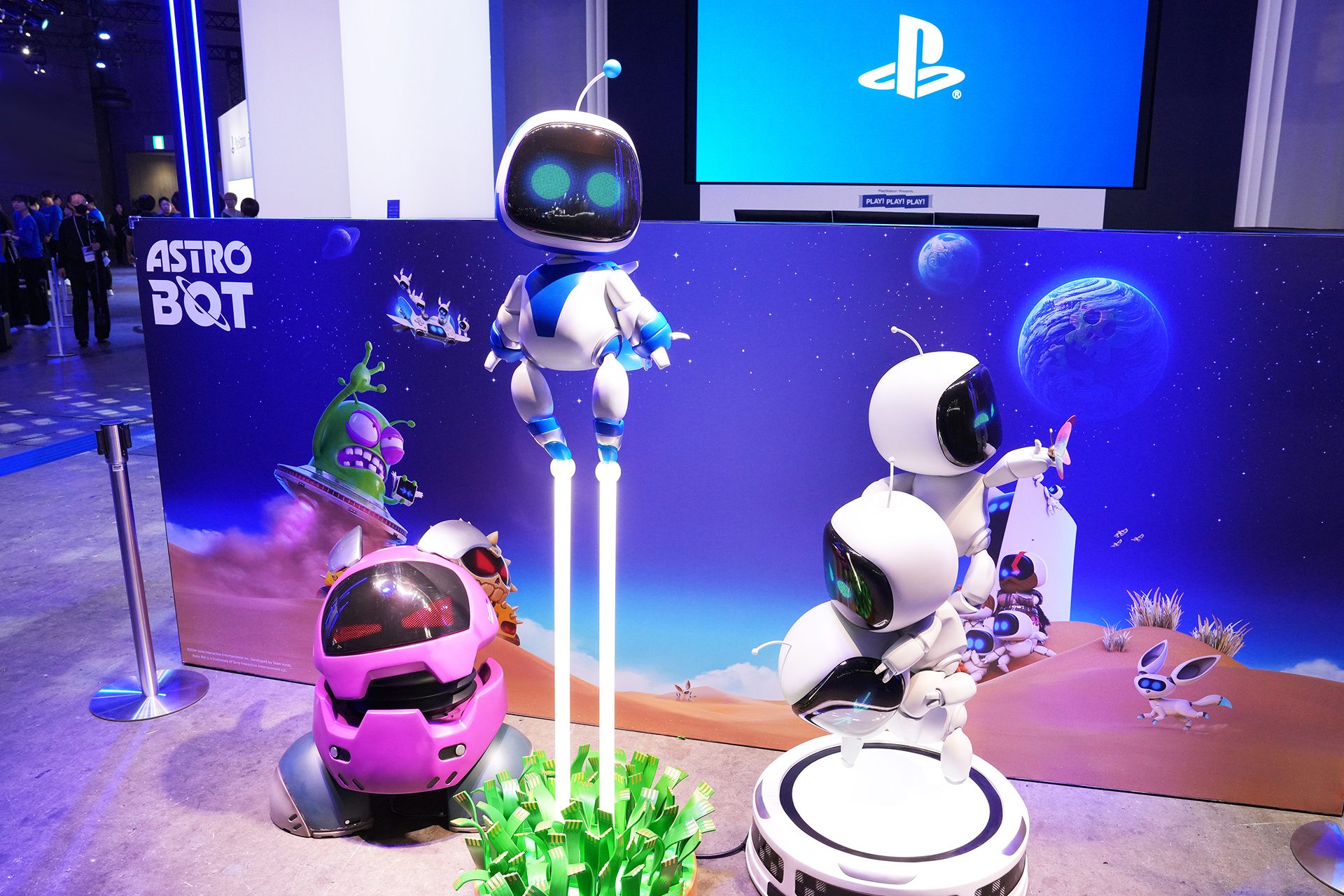
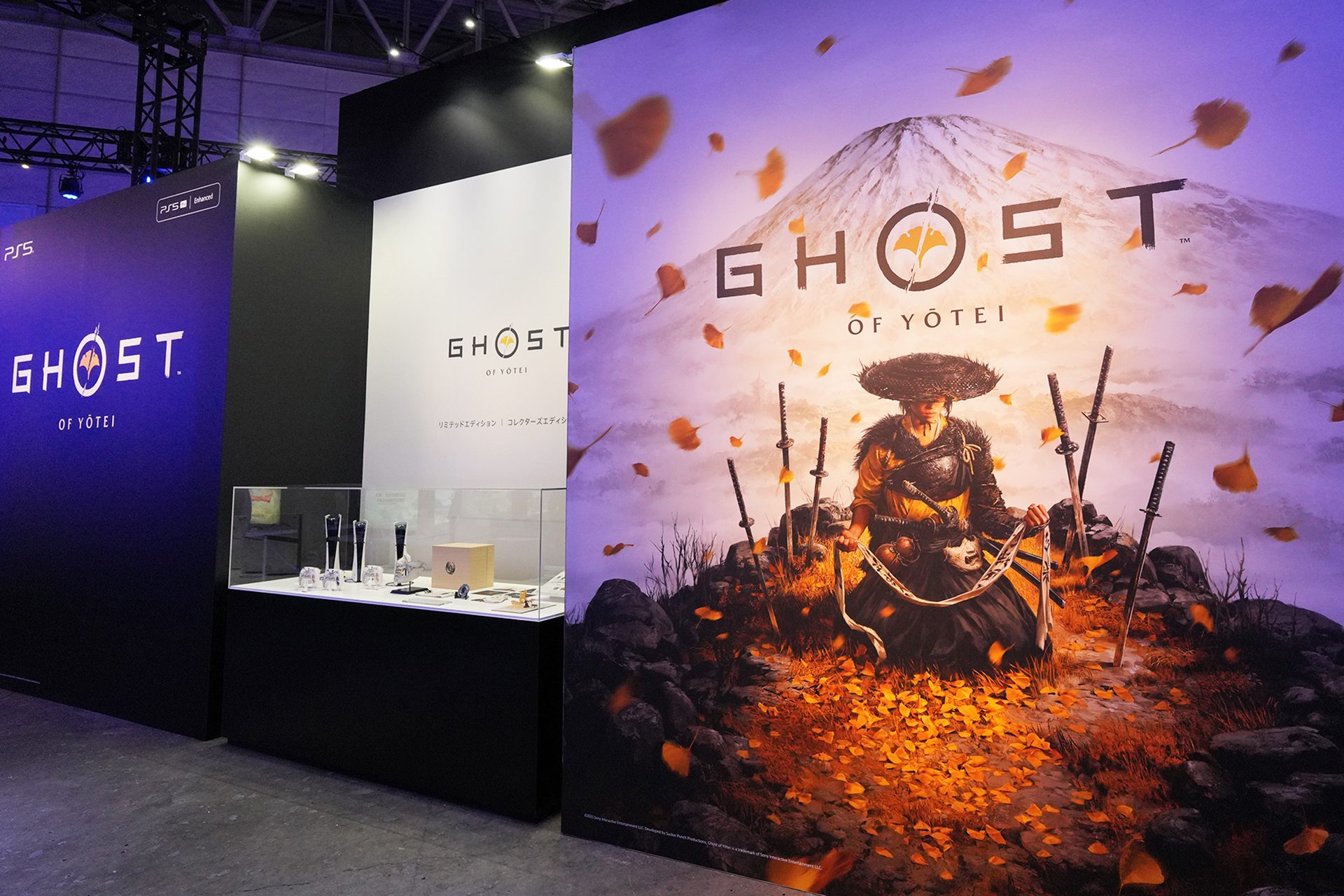
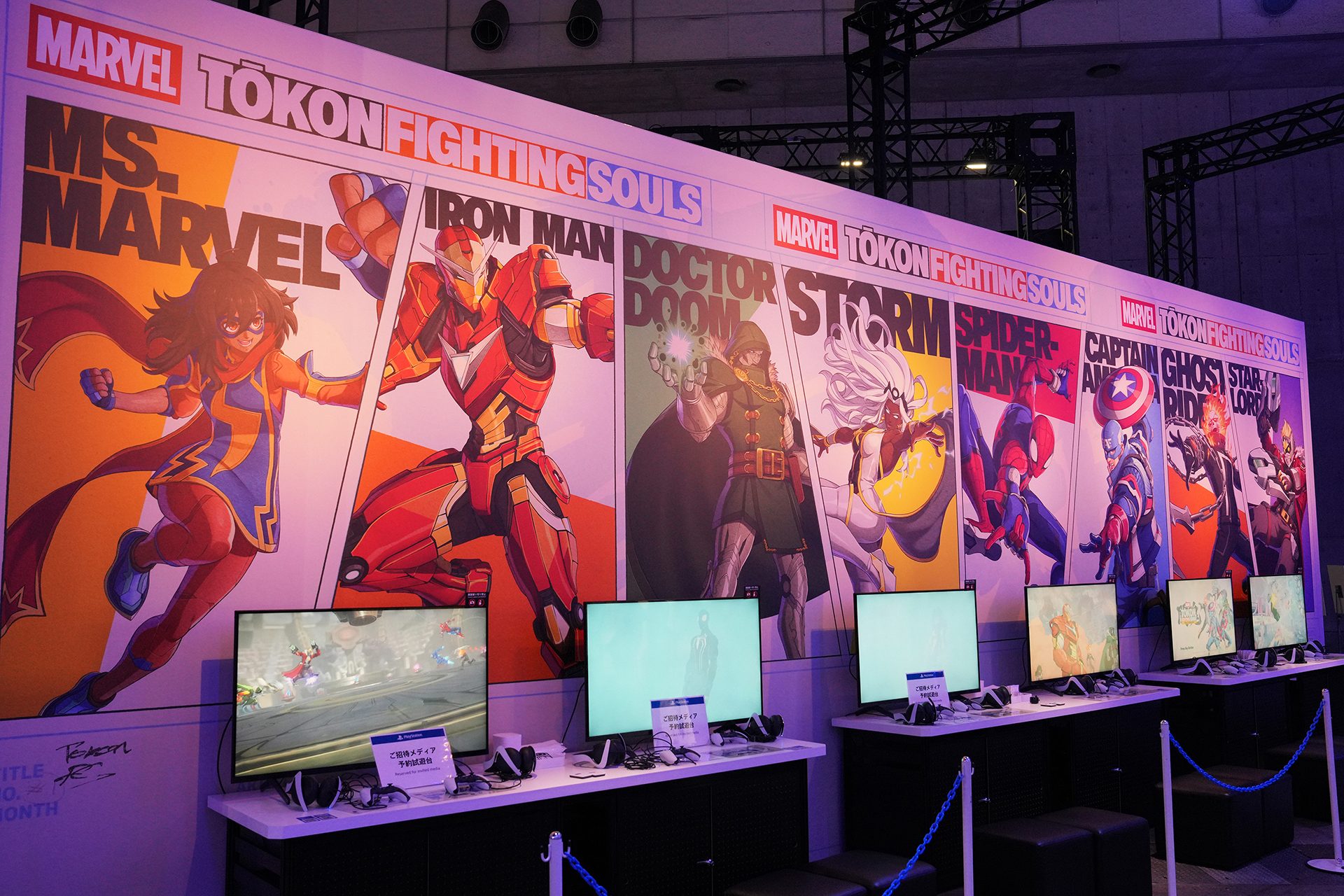

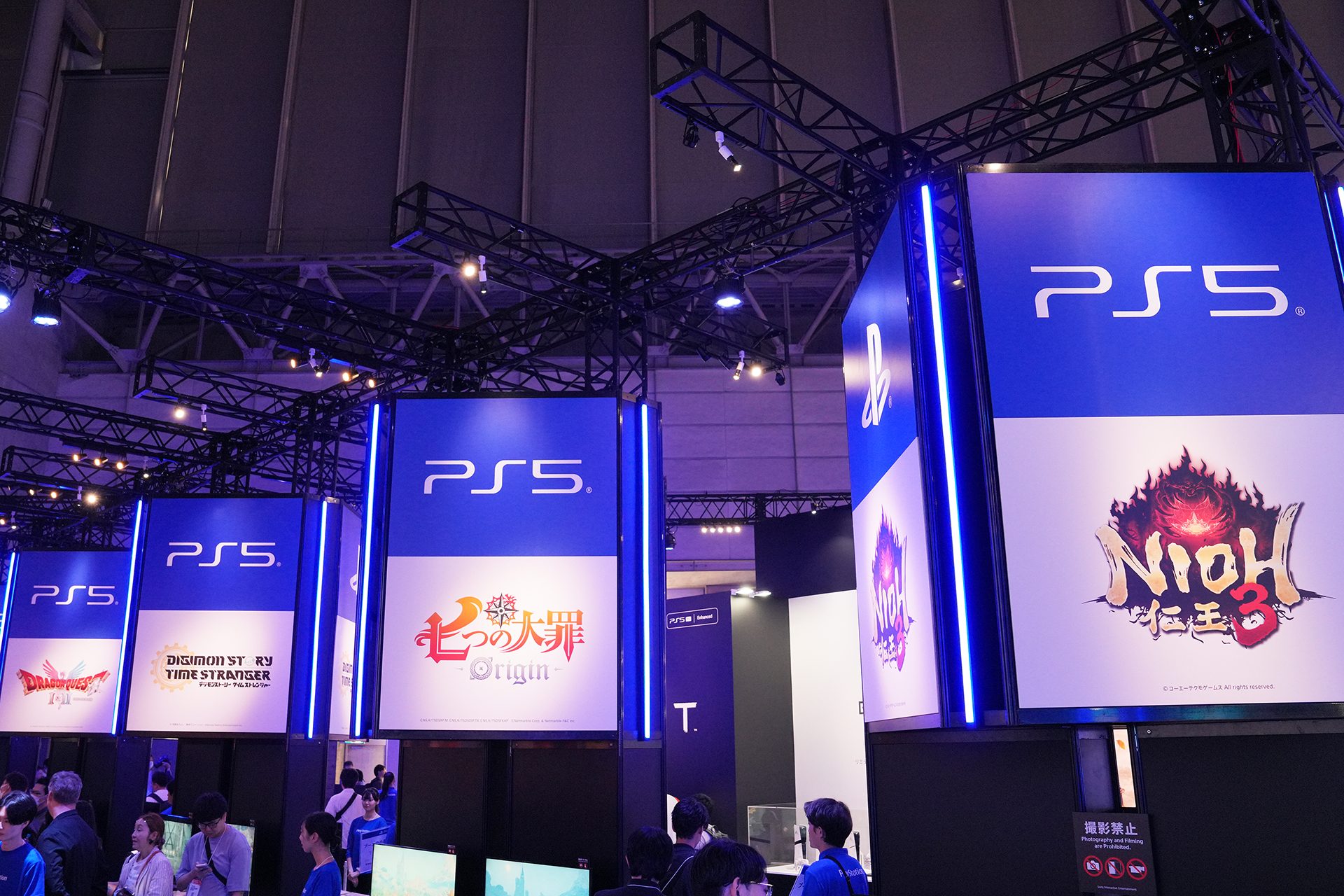
At the PlayStation booth, we’re showcasing 14 highly anticipated PlayStation 5 titles, including Ghost of Yōtei and MARVEL Tōkon: Fighting Souls. Let’s dive into the lineup!
Dragon Quest I & II HD-2D Remake | Publisher: Square Enix | Out: Oct 30
In the Tokyo Game Show 2025 demo of Dragon Quest I, players chase down the Robbin’ ‘Ood Thieves after they stole a key, tracking them into a mountain cave. Unlike the original’s one-on-one encounters, the remake pits you solo against groups of enemies. Armed with the Thorn Whip and spells like Sizz, you can strike entire hordes at once, though being outnumbered keeps the battles intense. The showdown with the Robbin’ ‘Ood Thieves was especially challenging, but the game helps balance the odds by highlighting each enemy’s weaknesses. By exploiting those vulnerabilities and keeping up with constant healing, I was able to secure victory.
In the Dragon Quest II demo, the objective was to defend a mermaid’s dwelling from Hargon’s underlings by diving into the depths of the sea. This time, the party consisted of four members, including Princess of Cannock who is joining the lineup for the first time. Swift and capable in battle, she commands spells like Kacrack and Frizzle, along with abilities such as Thin Air and Hypnowhip. However, even when given direct orders, she occasionally acts on her own, adding an element of unpredictability. Playful, spirited, and expressive, she brings vitality into both the combat and the narrative.
In Dragon Quest II, a newly added underwater realm expands the world of adventure. Sunlight filters through the depths, and vibrant corals are illustrated with striking detail, highlighting the beauty of HD-2D visuals. Players can freely navigate the ocean by ship, and when using Lorelei’s Harp, the vessel becomes enveloped by bubbles and descends beneath the surface, enabling seamless travel both above and below the sea. Distinct monsters inhabit each layer of the ocean, including entirely new creatures not seen in the original.
Onimusha Way of the Sword | Publisher: Capcom | Out: 2026
At the PlayStation booth, I got to experience an adventure that was set across a section of the Kiyomizu-dera Temple. One of the game’s defining features is its dual-gauge system shared by the protagonist Miyamoto Musashi and his Genma adversaries: a yellow Health Gauge and a red Stamina Gauge. Landing attacks or skillfully countering enemy strikes drains their Stamina, and once it empties, enemies lose their balance and become exposed to Musashi’s devastating Break Issen strike. Conversely, if Musashi’s own Stamina Gauge runs dry, he is left off-guard and extremely vulnerable. This constant push and pull creates thrilling, tension-filled exchanges.
While enemy attacks can be blocked with a single button, the game also introduces two advanced defensive maneuvers: Parry and Deflect. A Parry is performed by timing a guard just right, staggering the enemy and creating an opening for a counterattack. Its timing feels fairly generous, making it one of the easier techniques to execute. Deflect, in contrast, requires pressing an extra button while guarding. The margin for success is tighter, but when timed correctly, Musashi can fend off enemy strikes and greatly diminish their Stamina Gauge. Meanwhile, the series’ signature counter move, Issen, requires timing an attack to the exact moment of an enemy strike. It is the hardest technique to master but landing it brings an unmatched sense of exhilaration.
Chaining Parries and Deflects to handle multiple foes is extremely satisfying. The tense, split-second encounters that unfold from waiting for the perfect opening or battling against many adversaries capture the spirit of dramatic swordplay of classic samurai dramas.
The boss fight against Sasaki Ganryu, set on the iconic wooden stage of Kiyomizu-dera Temple, was a deadly duel. Ganryu unleashed brutal, unpredictable attacks, such as axe kicks and spinning slashes. To survive, I had to parry his relentless onslaught while striking back to chip away at his Stamina Gauge. The battle forced me to leverage every skill I had mastered up to that point.
The Seven Deadly Sins: Origin | Publisher: Netmarble | Out: Jan 28, 2026
This open-world action RPG is set in the world of Nakaba Suzuki’s manga and anime, The Seven Deadly Sins. At the PlayStation booth, both Story Mode and Open World Mode were available to try out.
Story Mode follows an investigation led by Tristan and Tioreh, taking them to Lake Penace — the site of a legendary battle years earlier between Estarossa of the Demon King’s elite Ten Commandments, and Escanor of the Holy Knights, the Seven Deadly Sins. Being able to visit this iconic battlefield is a treat for longtime fans. The gameplay also offers plenty of variety; plunging into an underwater cavern triggers a 3D shooting sequence, and soon after you’ll face block-based puzzles. You can continue exploring underwater, where you’ll encounter colossal enemies. The discovery of a pendant within the cave, along with the game’s original storyline, adds an extra layer of mystery and intrigue.
In Open World Mode, players are free to explore a vast map that spans far beyond the city surrounding Liones Castle, reaching grasslands, forests, coastlines, and islands. Each area is intricately detailed, fueling the urge to venture further and uncover new sights. Iconic locations from the series, including the Fairy King’s Forest and the shores of Lake Penace, also appear on the map. Players can scale tall walls with consecutive jumps and soar from great heights using a glider. Interacting with townsfolk unlocks area quests, and due to the dynamic day-night cycle, certain quests can only be completed after nightfall.
In Open World Mode battles, players can seamlessly swap between characters. Up to four characters can be assigned to the directional buttons, and once the switch gauge fills up, they can be rotated in and out mid-combat. Each fighter brings a distinct style: Tioreh can fly and fight in midair, Tristan excels with swift, agile strikes, while Slader relies on slower heavy-hitting attacks. Since every character handles differently, part of the fun comes from experimenting and discovering which character best suits your playstyle.
Fishbowl | Developer: imissmyfriends.studio, Wholesome Games Presents
Fishbowl is planned for release on PS5.
Developed by a two-person, India-based team, imissmyfriends.studio, Fishbowl tells a coming-of-age story that unfolds over the course of a month. Its pastel-hued pixel art immediately catches the eye, with Alo’s home rendered in vibrant, intricate detail that exudes warmth and charm. In sharp contrast, her dreams and inner worlds are portrayed in monochrome, the absence of color emphasizing her solitude and melancholy.
The game begins with Alo returning home in a rickshaw on a rainy day after work. It has been a week since she started her new job and living alone, and her somber mood reflects the weight of loss — she had lost her beloved grandmother, Jaja, just a month earlier. When Alo steps inside, she discovers that her mother has sent over her grandmother’s belongings. At this point, a sliding puzzle begins. Once solved, players can read Alo’s heartfelt thoughts about each item, revealing the deep bond she shared with her grandmother. The final keepsake is a toy goldfish in a glass bowl; an object that seems to hold the key to the story.
At home, Alo also has work to do: video editing. She works for a popular influencer and carries out her assignments from her own space. The editing process is presented as a light rhythm-based mini-game.
When Alo completes video edits or spends time chatting with friends, a gauge at the top of the screen gradually fills up. Though never explicitly explained, the gauge appears to reflect her emotional well-being. Even small routines, such as cooking a meal or taking a shower, cause the gauge to increase slightly, hinting that simple acts of mindfulness play a role in nurturing the heart. Yet questions remain: how will Alo come to terms with the loss of her beloved grandmother? How will she adjust to the challenges of a new job? And how will she cope with the isolation of remote work? While the demo only offered a glimpse into a single day of her life, it was enough to leave me curious about how her emotional journey will unfold.
Meteora | Publisher: Big Boot Games
Meteora is set to release on PS5 in early 2026.
Developed by Mumbai-based studio Big Boot Games, Meteora is a battle racing game set in outer space. The project was born from Sony Interactive Entertainment’s India Hero Project; an initiative aimed at discovering and nurturing game development talent in India. The game will also support PlayStation VR2.
Players take control of a meteor hurtling through space, dodging asteroid clusters, smashing rival meteors, and racing toward a goal portal. The controls are simple: adjust your direction by rotating with the L2/R2 buttons and use the left stick for quick evasive maneuvers. Movement isn’t completely free in open space, though — it’s better visualized as racing along an invisible, pipe-like track.
Stage 1, “Race,” challenges players to reach the portal in the fastest time possible. Though there are only a few asteroid obstacles and the rules seem simple, finishing within the time limit requires frequent boosting. To maintain speed, players must strategically gather stars and Speed Boost power-ups. The catch is that the item hitbox is surprisingly unforgiving, leading to frequent misses even when it feels like you’re perfectly aligned. Success depends on precise line-taking and knowing when to boost forward versus when to ease off to secure items. The game embraces principles of classic racing games, and beneath the dazzling spectacle of meteors streaking through a vibrant cosmos, the core gameplay is pure racing. Once I realized this, I not only enjoyed the challenge of shaving seconds off my time, but also the exhilarating sensation of blazing through space.
Stage 2, “Elimination”, introduces rival meteors that players can destroy by ramming into them. To clear the stage, you must take down a set number before reaching the portal. The mechanics are more complex than in Stage 1, but each successful takedown is very satisfying.
Stage 3, “Time Attack”, returns to the race-against-the-clock format while adding rival meteors into the mix. This stage also features explosive asteroid clusters, making the course significantly more challenging.
Across every stage, the upbeat, fast-paced soundtrack paired with punchy sound effects enhances the sense of immersion. You’ll be hooked once the controls become second nature.




















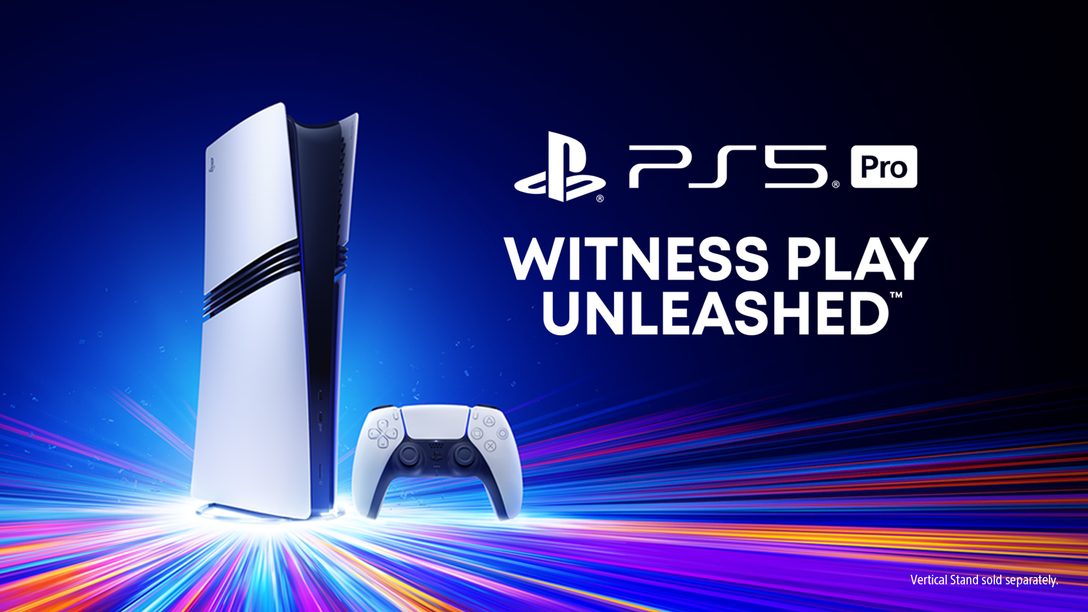
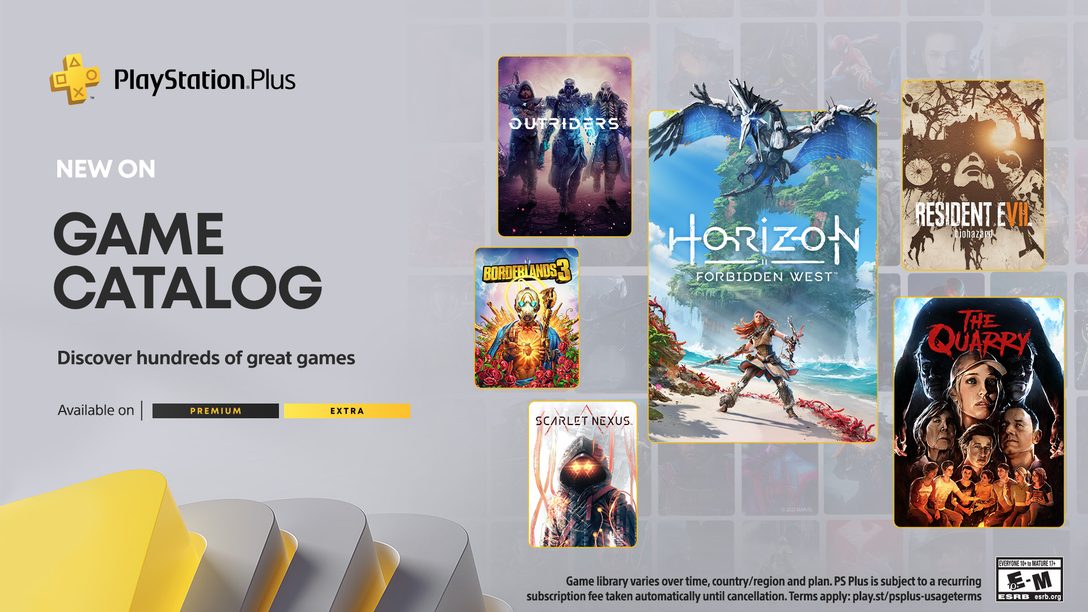

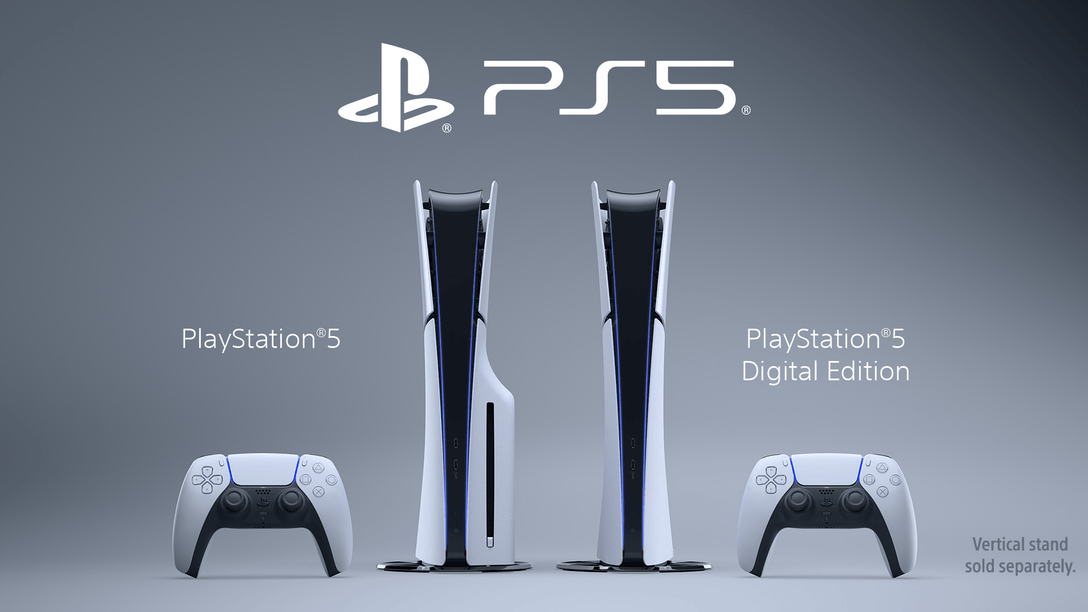
Comments are closed.
3 Comments
Loading More Comments